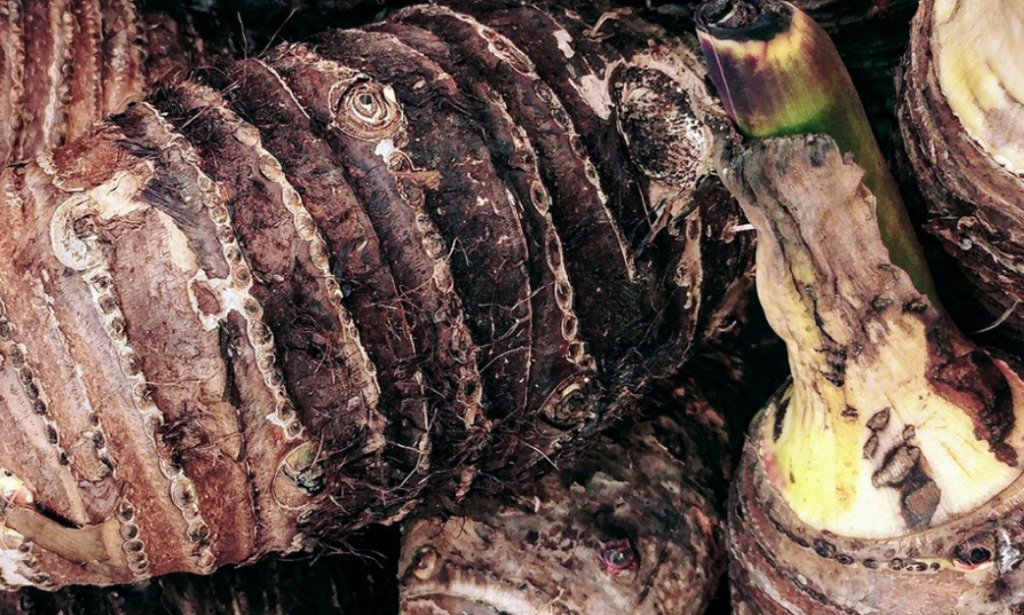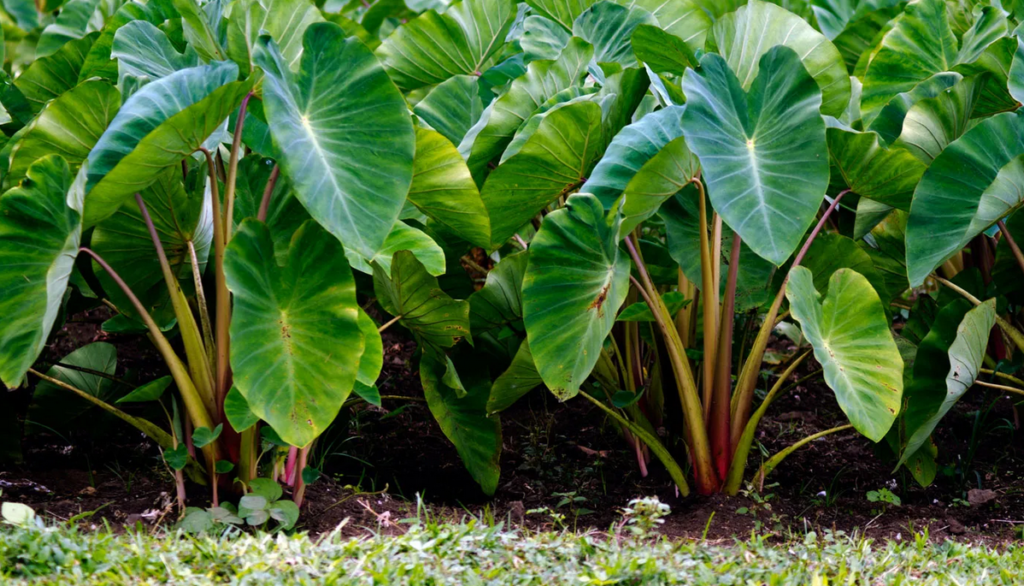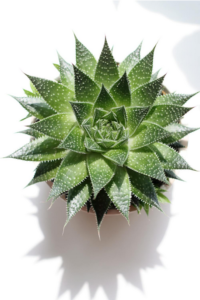Taro, scientifically known as Colocasia esculenta, is a perennial, tropical plant. It is primarily grown for its starchy corms, commonly referred to as taro roots. Some archaeological evidence suggests that taro was one of the earliest cultivated plants and had its origins on the Malaysian Peninsula at least 10,000 years ago. From there, taro spread across South Asia, East Asia, and the Pacific Islands. It became integral to various cultural cuisines. In this article, we will delve into exploring the various properties of taro roots and how they can be sustainable.
Characteristics of Taro Roots

Taro roots are recognized for their fibrous and bulbous nature. The exterior of these roots is typically brown whereas the flesh can be white, lavender, or pink, depending on the variety. Cooking taro is essential to destroy its natural toxins. Once cooked, taro roots offer a nutty flavor and a denser texture than potatoes.
Nutritional Benefits
Taro roots are an excellent source of fiber, vitamin E, vitamin C, potassium, and magnesium. The high fiber content aids in digestion and regular bowel movements. It also has a low glycemic index which makes it beneficial for blood sugar management.
Taro Roots in Global Cuisines
Taro roots hold significant importance in various global cuisines. For example, In Indian cuisines, taro is used in curries and celebrated during religious festivals. Whereas, in Hawaii, taro is the primary ingredient in poi, a traditional dish. In Japanese cuisine, on the other hand, taro is featured in dishes like satoyama, where it is stewed with soy sauce and sugar.
Environmental Benefits and Sustainability

Taro’s Role in Sustainable Agriculture
Taro cultivation contributes to sustainable agriculture practices. It thrives in waterlogged conditions, making it suitable for areas where other crops cannot grow. This adaptability reduces the need for extensive irrigation.
Soil Health and Ecosystem Support
Taro plants enhance soil ecosystems. Their cultivation improves soil structure and fertility. Their dense root systems help prevent soil erosion. Taro fields also support biodiversity by providing habitats for various aquatic and semi-aquatic species.
Alignment with Green Practices
Including taro in the diet supports greener living. It diversifies the food base and reduces reliance on staple crops like wheat and maize. These staples often require more chemical inputs and water. Local cultivation and consumption of taro also decrease food transport emissions, thus contributing to a lower carbon footprint.
Culinary Innovations and Health Trends

The interconnectedness of global cuisine is increasing taro’s popularity. It is particularly appealing to health-conscious consumers and gourmet chefs. Taro’s versatility makes it suitable for a wide range of modern dishes. These include vegan and gluten-free recipes as well as exotic gourmet offerings.
Conclusion
Exploring taro roots allows us to discover a food item rich in history and nutrients. It also highlights a component of sustainable agriculture. Whether as a culinary enthusiast or someone interested in sustainable living, incorporating taro into your diet can promote a healthier, greener lifestyle. Learning about and using taro roots can help you contribute to a sustainable, diverse agricultural world. It also allows you to benefit from its nutritional qualities and enjoy a taste of ancient tradition made modern.
What’s more? Keep learning more about roots such as barley grass root, licorice root, and so on.





